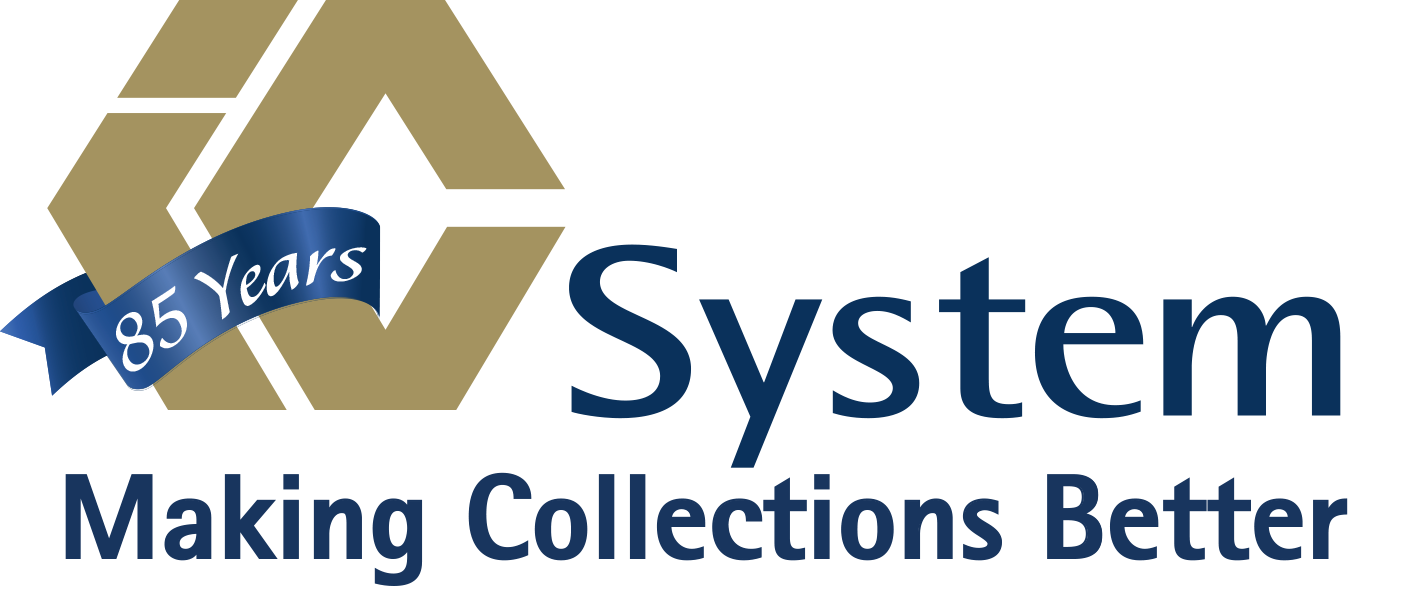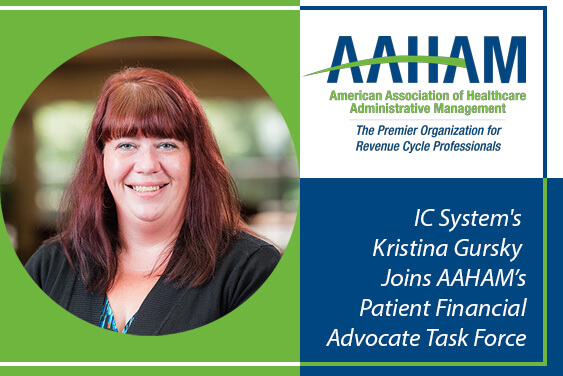Revenue cycle secrets for clinics and practices to reduce the number of A/R days

It would be an understatement to say our health insurance system has seen a seismic shift in the past decade. It makes revenue cycle management a challenge because patients, not insurance companies, are paying for a larger share of their medical visits. According to one study, a patient’s cost-sharing payments for medical care have outpaced wage growth, which is putting a strain on budgets.
As a result, clinics and practices such as yours are faced with a new challenge: an ever-increasing mound of past-due bills. One major symptom of the problem is the number of A/R days, which may show higher levels than you have seen in past years.
When bills go unpaid, you’re not only struggling with working capital, you’re also essentially giving patients an interest-free loan. To reverse these trends, it will take a new patient-focused A/R strategy. Here are some insights that may help you improve your A/R days and help the practice’s cash flow.
Communicate out-of-pocket costs
Our health care system is complex, making it difficult — impossible, even — for a physician to know just how much the medical care is going to cost. It’s an even more difficult place to begin the conversation about a patient’s financial responsibilities, but it’s one that your clinic can’t afford to skip. Some 46 percent of patients surveyed say that health care pricing helps them plan — but that doesn’t affect where they choose to receive health care.
Even if you can’t come up with a solid estimate, having the conversation can open the door for patients to communicate their financial concerns, which gives caretakers an opportunity to identify proactive and creative solutions to help manage the cost of care.
Create an escalation system around denials
Even with higher out-of-pocket costs, a good A/R strategy around insurance payers is still essential to improving cash flow. Develop processes to manage claim denials and underpayments, so these are identified and escalated when they happen. It can be helpful to maintain a database, so the billing team can identify patterns and underlying causes, such as coding issues.
Zero out unbilled accounts
It’s been well proven that accounts receivable lose value each month, which is why it’s critical to prevent unbilled accounts from reaching the 30-day mark as much as possible. Develop a target date to convert unbilled accounts and use data and dashboards to help determine the underlying causes of billing delays.
Set the schedule and follow it
Collecting and pursuing late accounts should be, ideally, a daily effort. That doesn’t mean billing staff should call the same patient every day. With each passing day comes a new crop of status changes, and it’s important to stay on top of these changes so you can take immediate action. Run daily status reports on accounts, so you get visibility on which require follow-up phone calls and letters, which require pre-collections communication and which should be handed off to a collections partner.
If your clinic needs help collecting late bills from patients, IC System has been a trusted collection partner in the medical field for 80 years.
About the Author: Brian Eggert
Brian Eggert is a business development specialist and writer for IC System, one of the largest receivables management companies in the United States. With 18 years in the collection industry, Brian's experience includes operations, client service, proposal writing, blogging, content creation, and web development.










